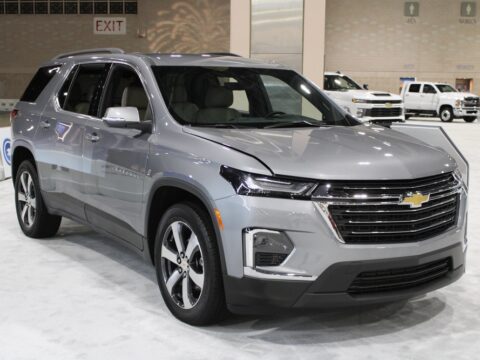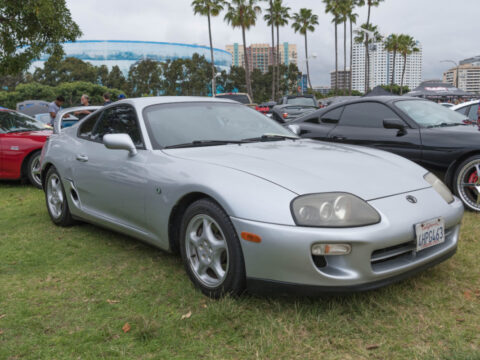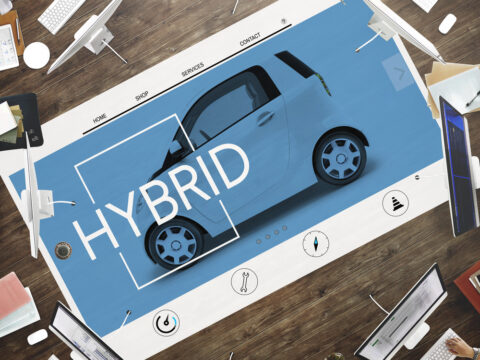The rise of shared mobility is reshaping how people think about car ownership. With more options like ride-sharing, carpooling, and short-term rentals, traditional car sales are being influenced in new and unexpected ways. In this article, we’ll explore 15 key trends in car sales that have emerged as shared mobility continues to grow, changing the landscape of the automotive industry.
Contents
Decline in Private Car Ownership

As shared mobility options like ride-sharing and car-sharing become more accessible, there has been a noticeable decline in private car ownership. Consumers, especially in urban areas, are opting for the convenience and cost-effectiveness of shared vehicles over the financial and maintenance burdens of owning a car. This shift is driven by the increasing availability of mobility services that offer flexible, on-demand transportation without the need for a personal vehicle.
Increase in Car Subscription Services
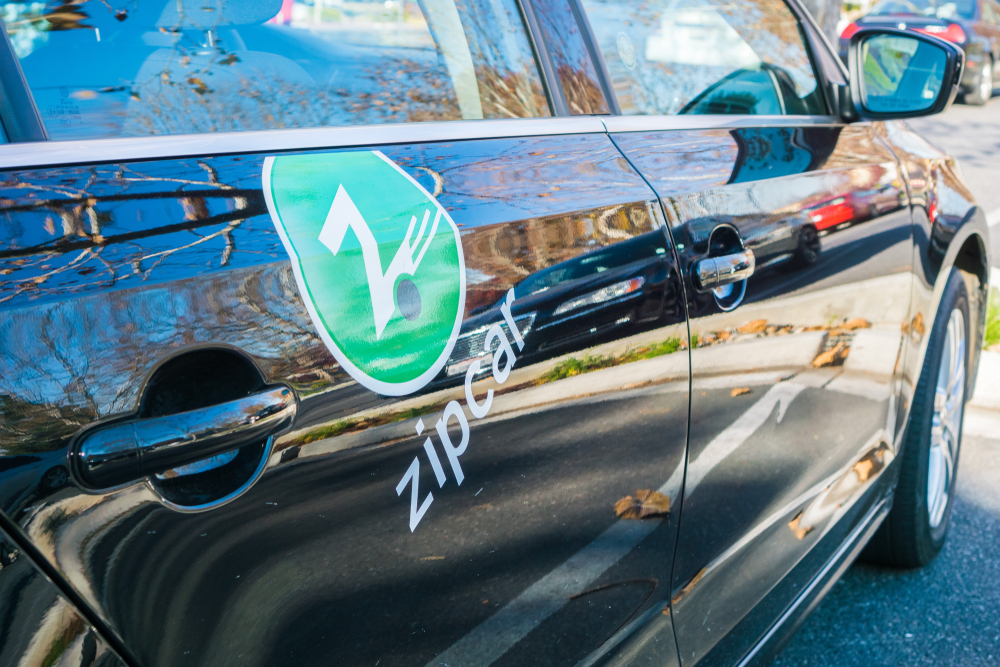
Car subscription services are on the rise, offering consumers an alternative to traditional car ownership. These services allow users to pay a monthly fee for access to a vehicle, covering insurance, maintenance, and other costs. This trend appeals to those who desire flexibility and variety, as subscriptions often allow for vehicle swaps and shorter commitment periods compared to leasing or buying. Automakers are increasingly offering subscription models to cater to this growing demand.
Growth of Ride-Sharing Services
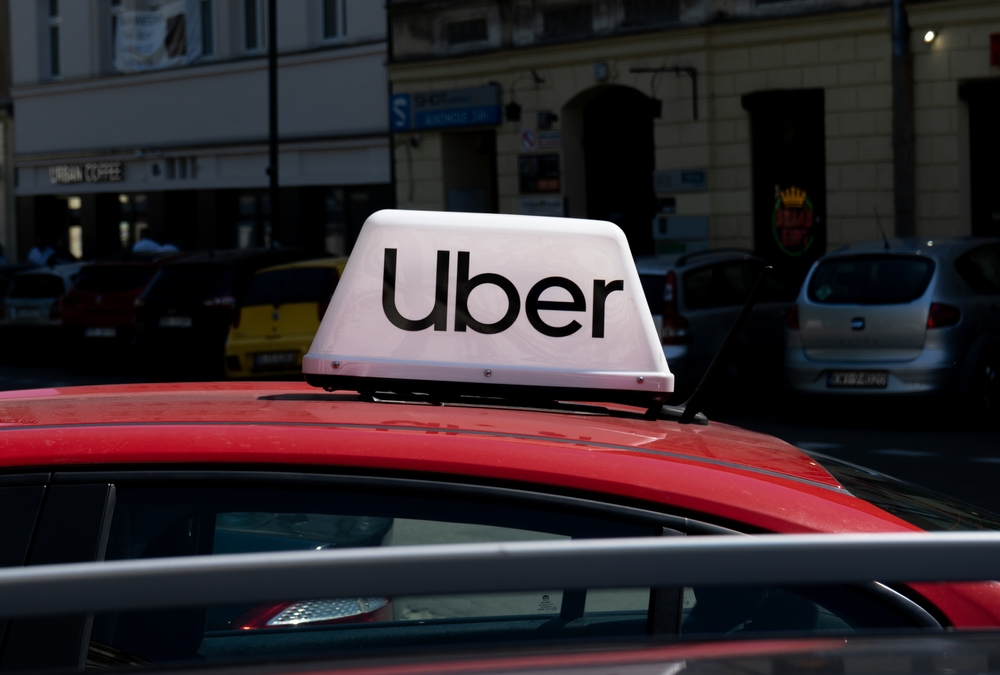
The rapid growth of ride-sharing services like Uber and Lyft has significantly impacted car sales. Many individuals now rely on these services for daily transportation, reducing the need to own a personal vehicle. This trend is particularly strong in densely populated urban areas, where parking and traffic are major concerns. As ride-sharing continues to expand, the automotive industry sees a shift from individual car sales to fleet sales for these service providers.
Rise in Fleet Sales for Ride-Hailing Companies
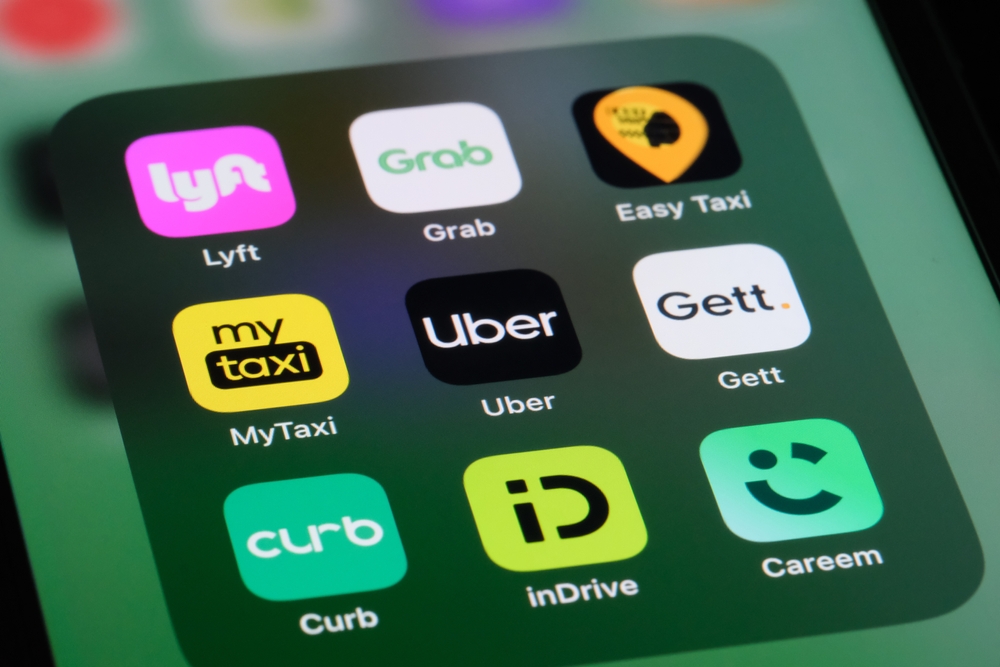
With the rise of ride-hailing companies, there has been an increase in fleet sales, where vehicles are purchased in bulk by companies like Uber and Lyft. These fleets require a large number of vehicles to meet the growing demand for ride-hailing services, leading to a new market for automakers. This shift reflects a transition in car sales from individual consumers to corporate buyers focused on operational efficiency and cost management.
Shift Toward Electric and Hybrid Vehicles

Shared mobility has accelerated the adoption of electric and hybrid vehicles, particularly within ride-sharing and car-sharing fleets. These vehicles offer lower operating costs, reduced emissions, and are increasingly favored by companies aiming to improve their environmental impact. The shift toward electric and hybrid vehicles is further supported by government incentives and the growing availability of charging infrastructure, making them a practical choice for shared mobility services.
Increased Demand for Car-Sharing Services
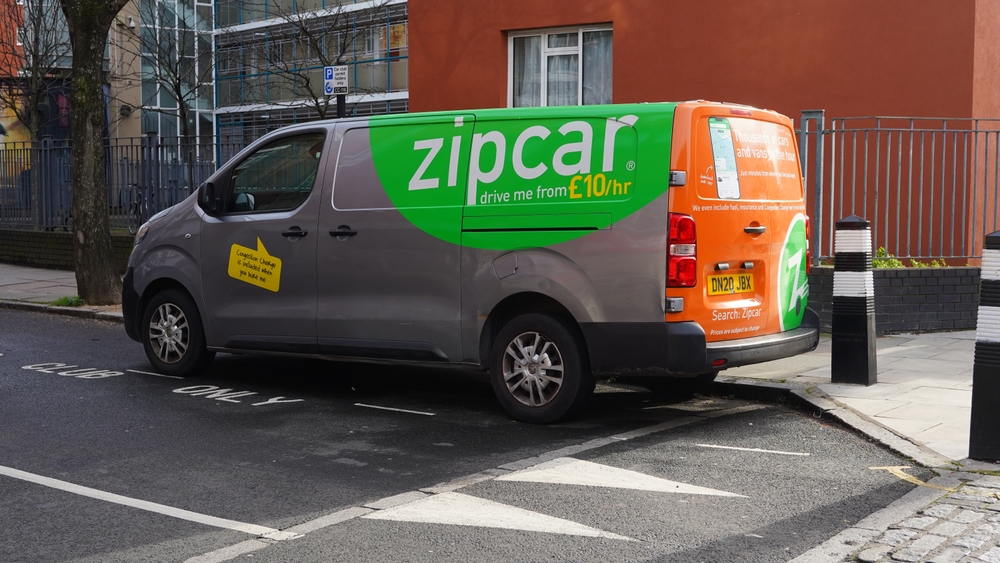
Car-sharing services like Zipcar and Turo have seen a surge in popularity as more people opt for short-term vehicle access over ownership. These services provide users with the flexibility to rent a car for hours or days, making them ideal for occasional drivers. The rise in car-sharing has influenced car sales by reducing the overall number of vehicles needed in urban areas, as multiple users can share a single car.
Expansion of Car Leasing Options
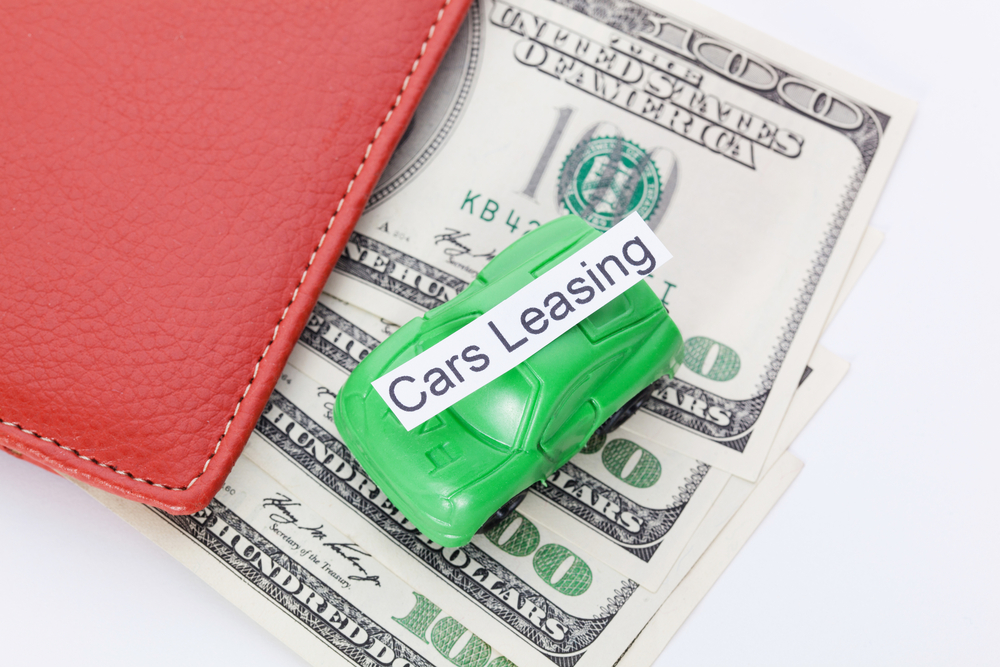
In response to the changing landscape, automakers and dealerships are expanding leasing options to attract consumers who prefer not to commit to long-term car ownership. Leasing offers lower monthly payments and the opportunity to upgrade to newer models more frequently. This trend is particularly appealing to those who value the latest technology and features but do not want the responsibilities of ownership, contributing to a shift in how vehicles are marketed and sold.
Reduction in New Car Sales Volumes
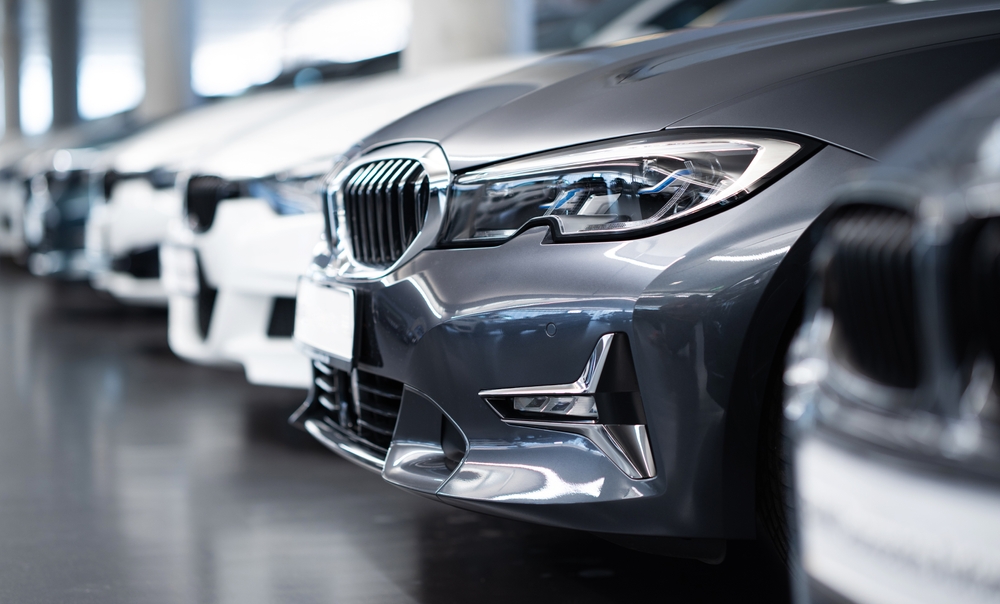
The rise of shared mobility has led to a reduction in new car sales volumes, as fewer people feel the need to own a personal vehicle. This trend is most evident in urban areas where shared mobility options are plentiful. The decrease in new car sales has prompted automakers to rethink their strategies, focusing more on fleet sales, used car markets, and alternative ownership models to maintain revenue.
Emergence of Pay-Per-Use Car Models
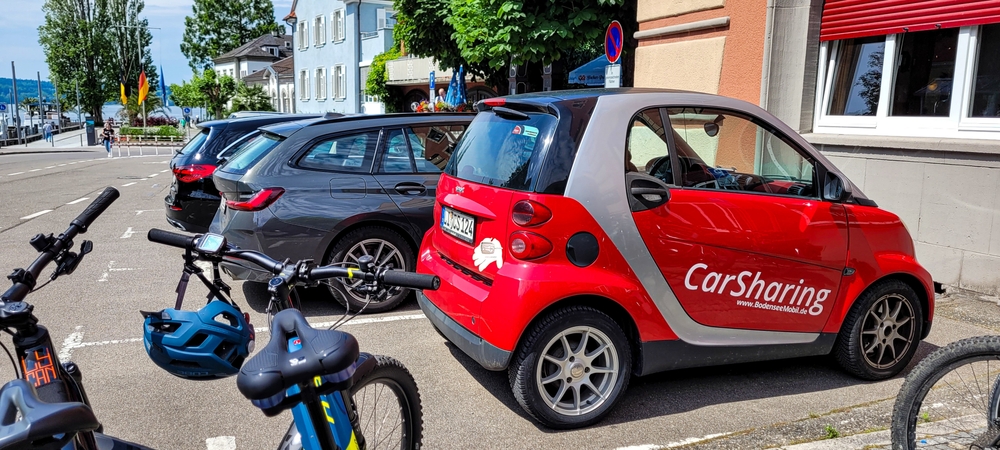
Pay-per-use car models are gaining traction as a flexible alternative to traditional ownership. These models allow users to pay only for the time and distance they drive, making it an attractive option for those who drive infrequently. This trend reflects a broader shift toward usage-based services, where consumers pay for access rather than ownership, aligning with the growing preference for shared mobility solutions.
Growth in Used Car Market

As fewer new cars are sold due to the rise of shared mobility, the used car market has experienced growth. Consumers looking for more affordable options or those who drive less frequently are turning to used vehicles. This trend is also driven by the increased turnover of cars from ride-sharing and leasing services, which feed the used car market with relatively new, well-maintained vehicles.
Decrease in Average Vehicle Ownership Duration

With more mobility options available, the average duration of vehicle ownership has decreased. Consumers are holding onto cars for shorter periods before upgrading to newer models or switching to different forms of mobility altogether. This trend is driven by the desire for the latest technology, better fuel efficiency, and the flexibility that alternative ownership models provide.
Increased Interest in Mobility-as-a-Service (MaaS)

Mobility-as-a-Service (MaaS) is gaining traction as a comprehensive solution that integrates various forms of transportation into a single, accessible service. MaaS platforms allow users to plan, book, and pay for multiple types of transportation, such as public transit, ride-sharing, and car rentals, through one application. This trend is changing consumer behavior, reducing reliance on private car ownership, and influencing how cars are marketed and sold.
Surge in Micro-Mobility Solutions (e.g., scooters, bikes)
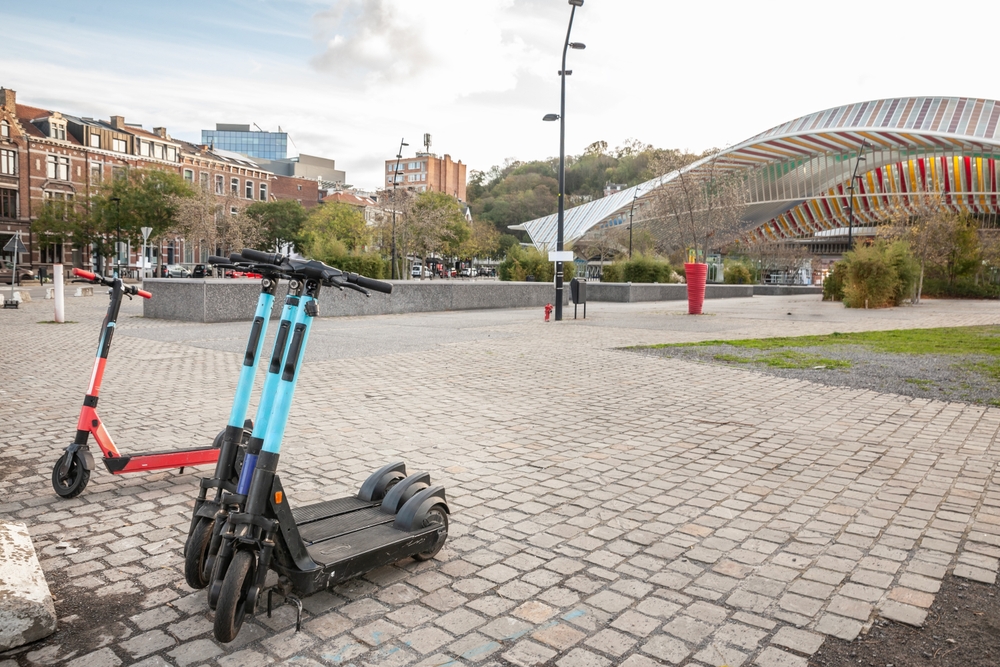
Micro-mobility solutions like electric scooters and bikes are on the rise, particularly in urban areas where they offer a convenient and eco-friendly alternative to cars. These solutions are reducing the need for car ownership, especially for short trips within cities. The surge in micro-mobility is contributing to a shift in transportation patterns, with a growing number of people opting for these smaller, shared vehicles over traditional cars.
Rise of Autonomous Vehicle Testing for Shared Mobility
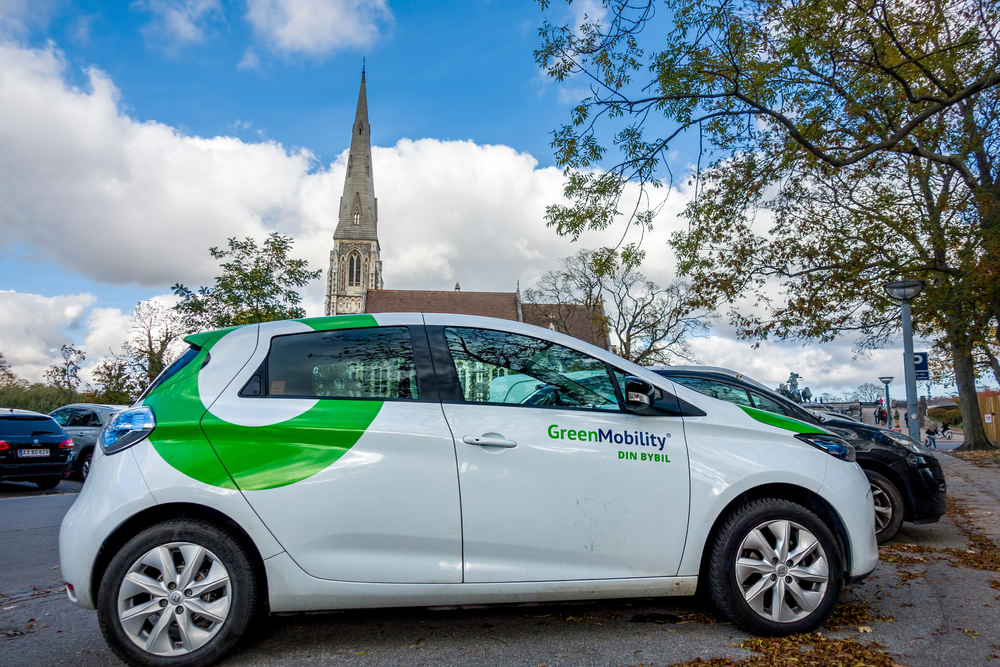
The development and testing of autonomous vehicles are closely linked to the future of shared mobility. Companies are investing heavily in self-driving technology, with the goal of creating fleets of autonomous vehicles for ride-sharing and ride-hailing services. This trend is expected to revolutionize car sales by shifting focus from individual ownership to shared, autonomous fleets, potentially reducing the overall demand for new cars.
Greater Focus on Urban Mobility Solutions
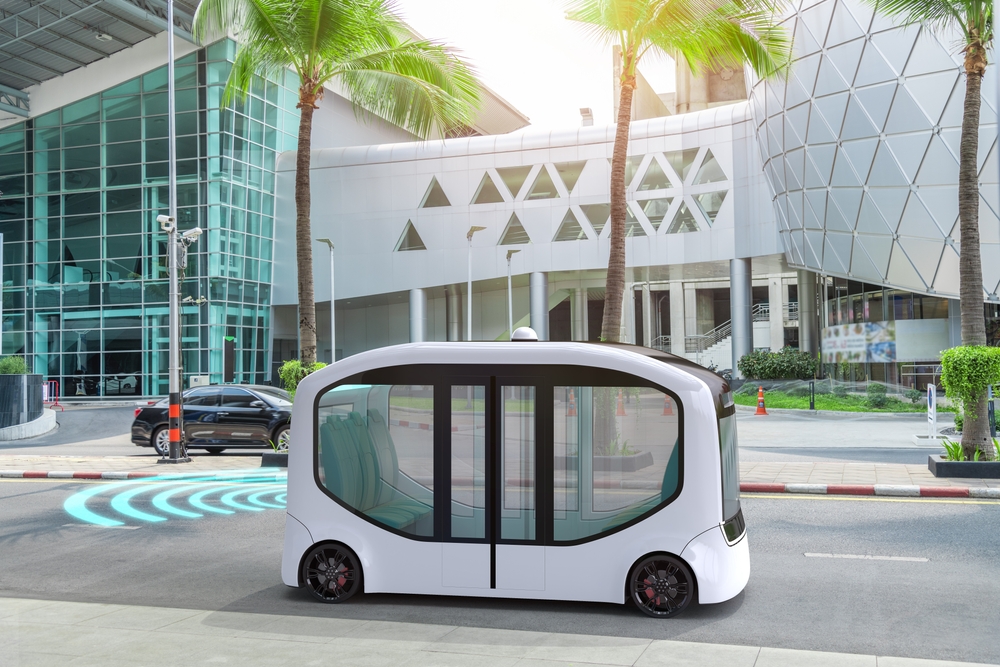
The rise of shared mobility has led to a greater focus on urban mobility solutions, with cities and companies working together to create efficient, sustainable transportation networks. This trend is influencing car sales as urban planners prioritize shared and public transportation options over private car use, leading to a decrease in demand for cars in densely populated areas.
This article originally appeared in MyCarMakesNoise.
More from MyCarMakesNoise
20 Legendary Triumph Motorcycles That Dominated the Track

Triumph motorcycles have a storied history on the racetrack, with a legacy built on speed, power, and precision. Over the years, these legendary machines have not only dominated the competition but also set the standard for what a true racing bike should be. Read More
10 Game-Changing Innovations in Motorcycle Engineering

Motorcycle engineering has come a long way, introducing innovations that have revolutionized the way we ride. From advanced safety features to groundbreaking performance enhancements, these changes have made motorcycles faster, safer, and more enjoyable. Read More
25 Top City Cars Perfect for Urban Life

Navigating the hustle and bustle of city life requires a car that’s not only compact but also efficient and stylish. In this article, we’ve curated a list of the 25 best city cars for urban living. Read More

